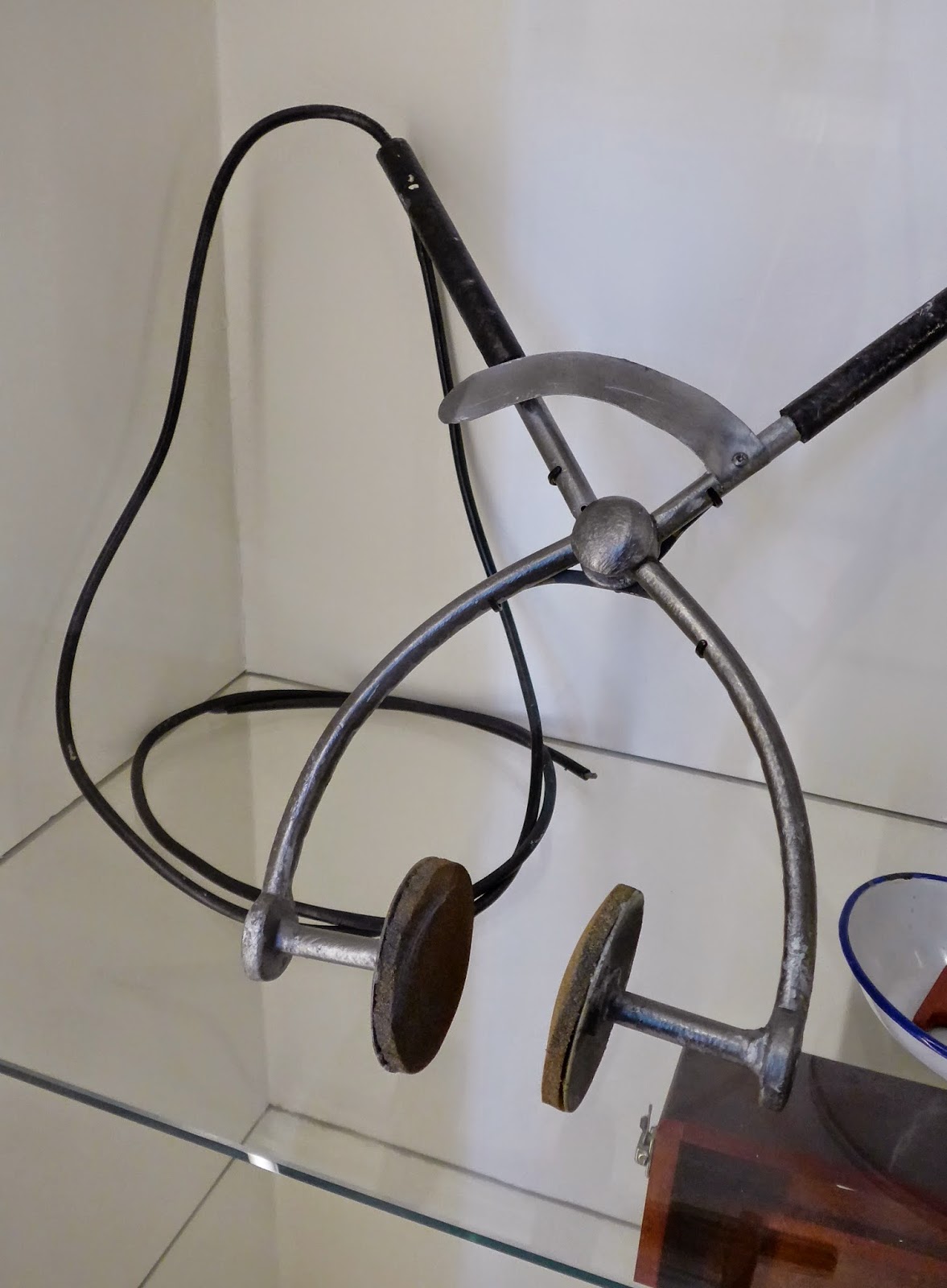I was asked if I wanted to see the Thea Porter exhibition at the Fashion and Textile Museum
by two lovely bloggers, Hatty Uwanogho and Jane Martin.
What better way to get to know each other than hanging out in a museum.
Thea Porter of Irish, Russian, Jewish, French descent,
loved the exotic,
colour,
trimmings,
braids
and the ephemeral.
She made clothes to enjoy with little concern for washing and dry-cleaning.
But who cares because these are 'exotic clothes made for beautiful people at beautiful prices'.

So three bloggers visit a fashion exhibition. What of our tastes?
I love this green and those butterfly wings, "I could wear that. I want that dress".
I can't have it, it's on loan from the V&A.
Thea Porter of Irish, Russian, Jewish, French descent,
loved the exotic,
colour,
trimmings,
braids
and the ephemeral.
But who cares because these are 'exotic clothes made for beautiful people at beautiful prices'.
But she did also produce Ready to Wear collections.
Setting out in 1965, as an interior designer, Thea Porter was asked to make clothes by her customers. Fashion became 'another form of upholstery'.
She made clothes for men, Pink Floyd. Check out the album cover.
The Beatles, Jimi Hendrix, Mick Jagger, Cat Stephens. You get the picture.
The military jacket, one of her signature shapes, she made for men and women.

Thea Porter made clothes to enjoy, 'to put on and not worry about, clothes to get on with life in'. That kind of depends on what you're getting on with. I'd never be able to even load the dishwasher in these sleeves, let alone do the washing up.
But there was a nod to some practicalities in life.
She gave women the chance to ditch the bra, with a tight bodice that gave them the lift they needed.
This was very popular.
And this outfit came with a skirt if it wasn't a shorts kind of day.
I love this green and those butterfly wings, "I could wear that. I want that dress".
I can't have it, it's on loan from the V&A.
But Hatty would wear these, she "doesn't wear tight trousers".
Would we wear all this colour?
Well Jane does.
you can still admire the work of this dynamic creative woman who began her career as a designer, in London in 1965, aged 38 and had her first fashion show age 41.
I'm going to take that away with me. A career in fashion, in anything, taking off in her forties!
This may be where it all began.
With that dress.
You know, the outfit you loved as a child that you will never forget.
Mine was a burgundy suedette grandad collared, pin-skirted dress that my granny made for me one Christmas. I felt so grown up in it, alongside my other cool present. My Christmas single, Jona Lewie, Stop the Cavalry.
Thea Porter is on at the Fashion and Textile Museum, London
until 3rd May 2015, details on their website, here.
Can I recommend their free exhibition highlights tour, every Wednesday and Friday at 1pm.
We had a great tour of the exhibition. Thankyou FTM.
If you want to know what my fellow bloggers get up to,
click on their names for links to their blogs.
.JPG)
















.JPG)







.JPG)





.JPG)
.JPG)



.JPG)
.JPG)










.JPG)

.JPG)
.JPG)
.JPG)
